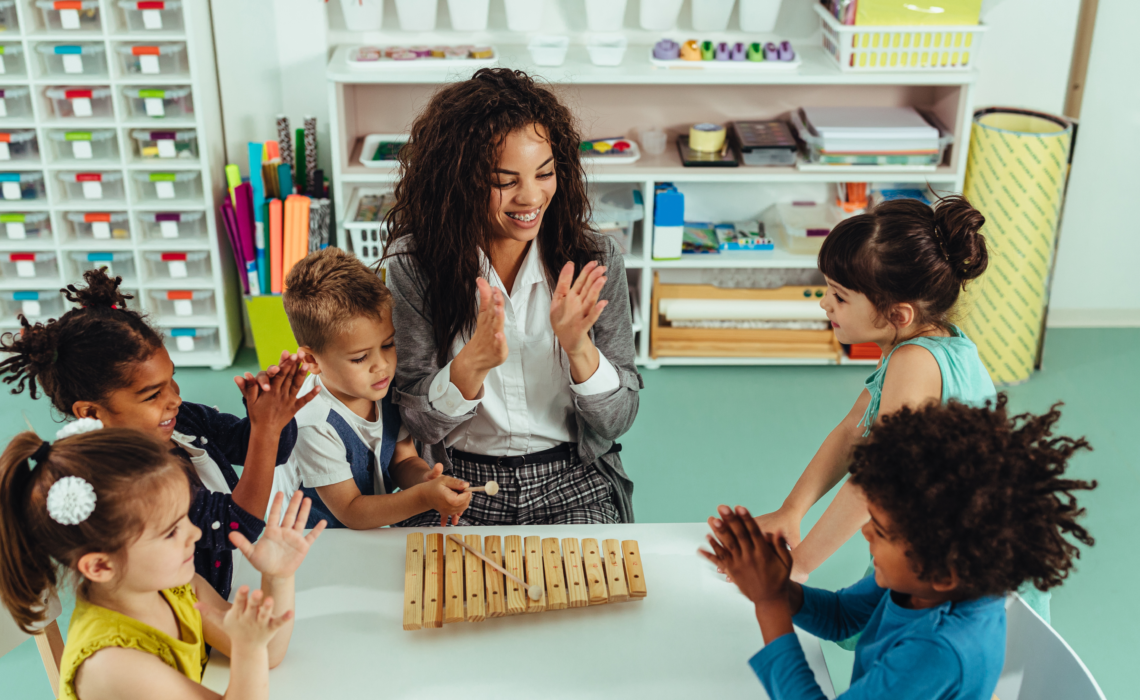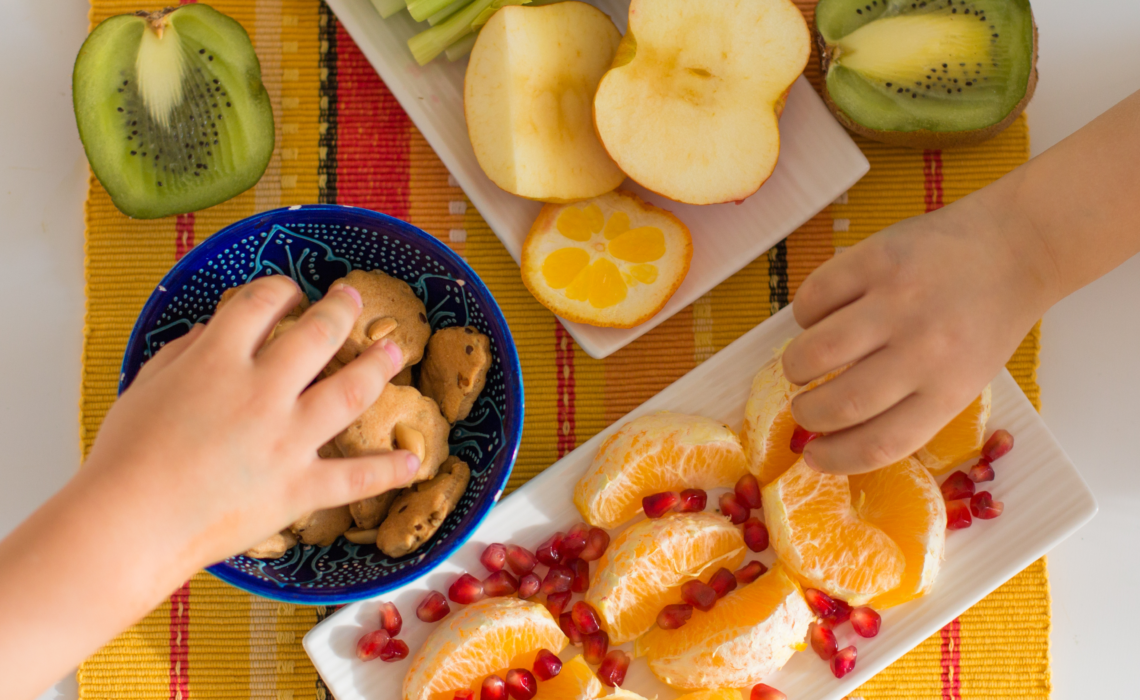The importance of learning a second language in early education
- Who are DLLs: Dual Language Learners (DLLs) are children ages birth to 5 years who are learning two (or more) languages at the same time, or are learning a second language while They continue to develop their first language (or mother tongue).
- Who are ELLs: An English language learner (ELL) is anyone who does not speak English fluently or is still learning English.
Nowadays, we can have the learning of a second language through different early education institutions, schools, Head Start programs, and daycare programs. Many parents consider the acquisition of a language other than their native language as essential for their children’s future personal and professional opportunities.
It is important for families to know the opportunities and Policies for children of Dual Language. There is a demographic trend of large increases in the number of dual language children (DLLs). However, Hispanic and Hispanic DLL children lag behind their White peers in preschool access and achievement. “Research shows that high-quality preschool can reduce these gaps even before you enter kindergarten.”
Some of the benefits that children have when learning a second language are more memory, creativity, understanding and tolerance:
- Faster and more natural learning
- Learning as fun
- Greater fluency: learning not translating
Cognitive Benefits:
- Memory stimulation
- Greater multitasking capacity
- Stimulation of creativity
How DLLs and ELLs benefit each other:
Dual language immersion programs facilitate biliteracy – the ability to speak, listen, read, and write fluently in two languages. A mix of students allows them to learn from each other and help each other. This intergenerational interaction fosters a sense of responsibility and empathy in older children, while younger children gain valuable role models and support from their peers. Children of different age groups can benefit from each other in various ways. Younger children often admire and imitate their older peers, which can inspire them to develop new skills and behaviors. Older children can reinforce their own knowledge and skills by explaining concepts.
Students build strong social connections and cultural awareness.
Differences in learning styles, developmental stages, and individual needs among children have important implications for teachers who work with them.
Teachers must adapt their instructional methods to accommodate these variations and ensure effective learning experiences for all students.
Courtesy of Precious Moment Child Care
References: Weisenfeld, G. G., Kasmin, R., DiCrecchio, N., & Horowitz, M. (2018). The State of Preschool 2017: State Preschool Yearbook.
(preschool policy facts, 2017)







